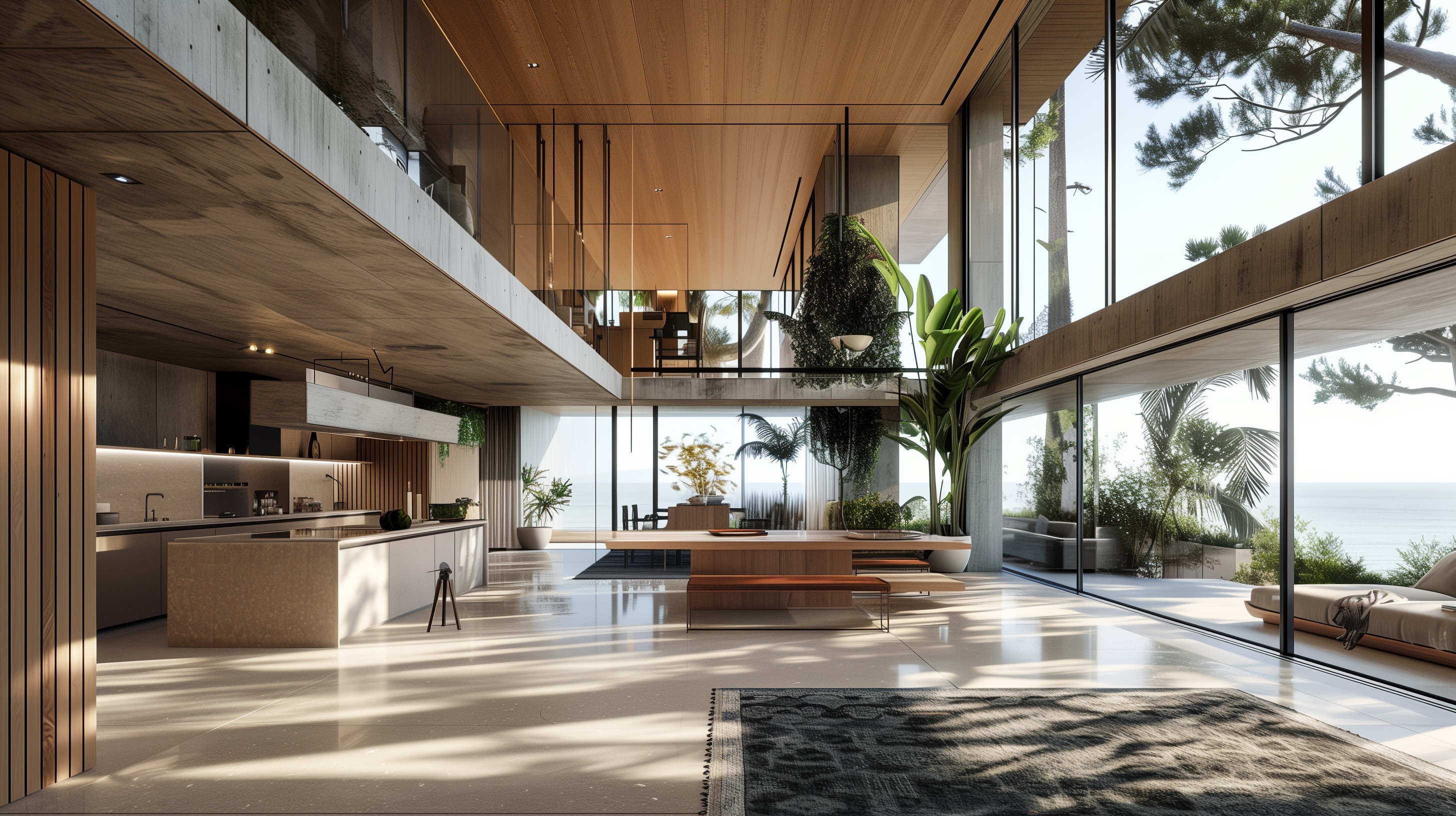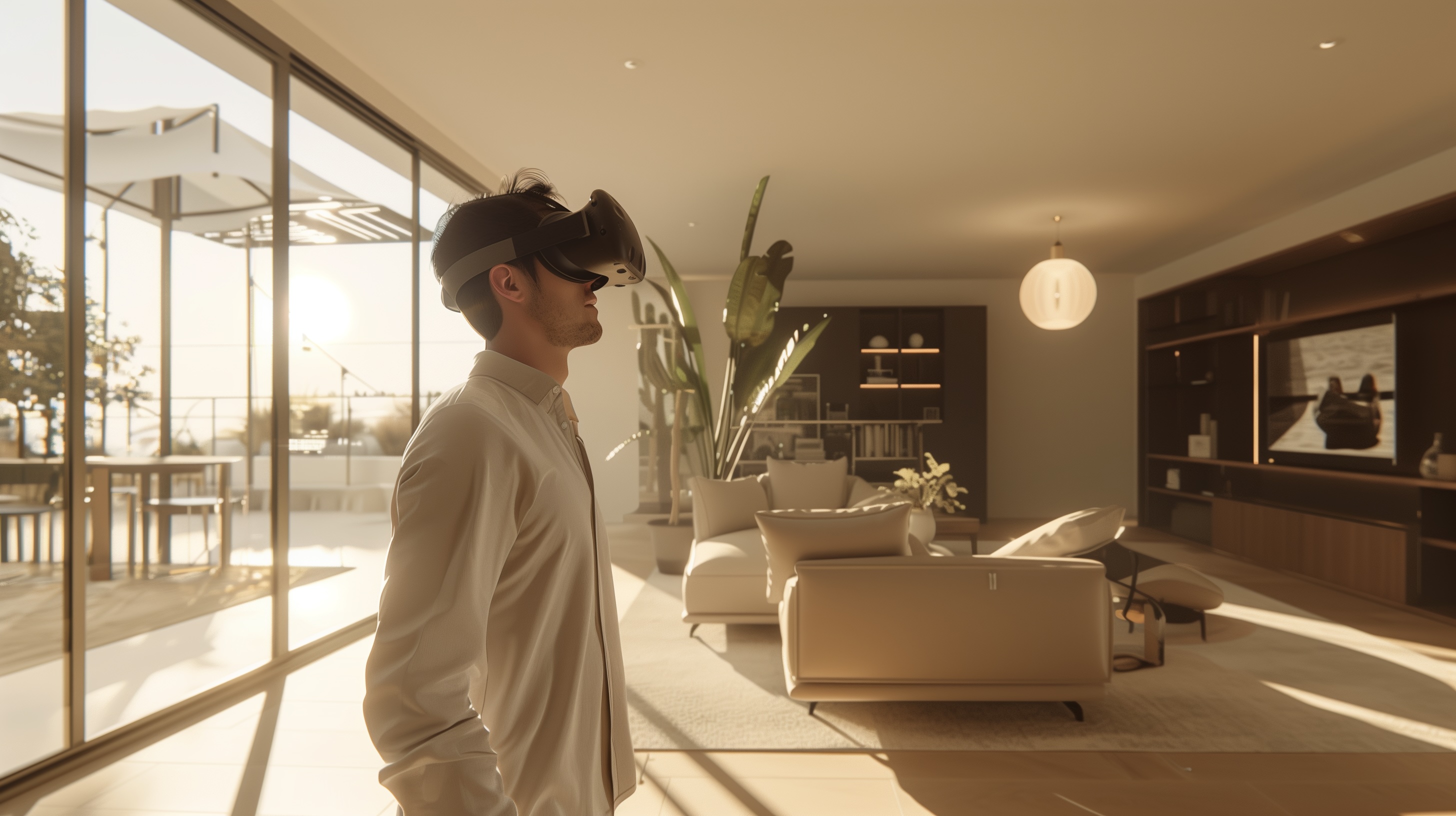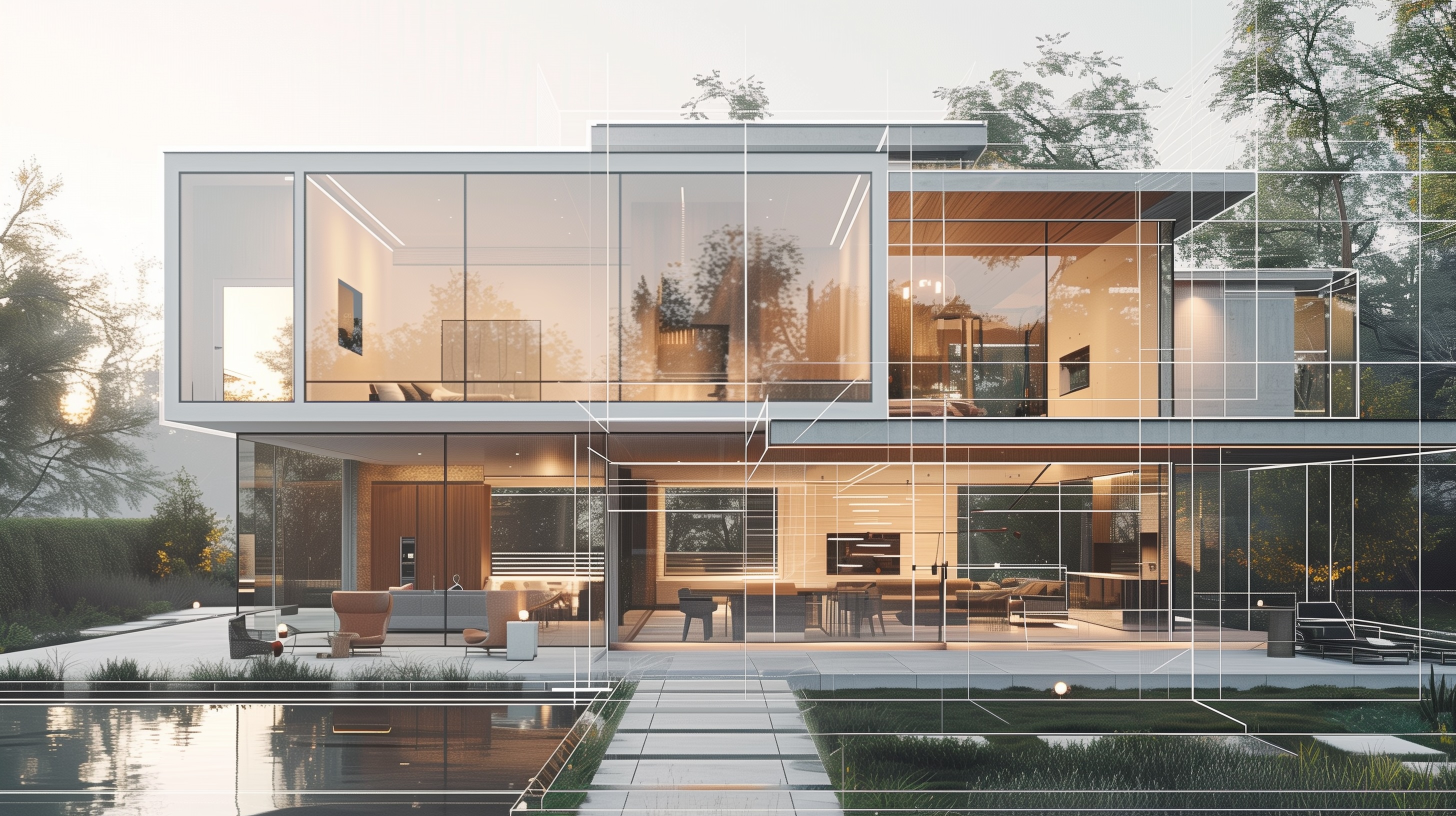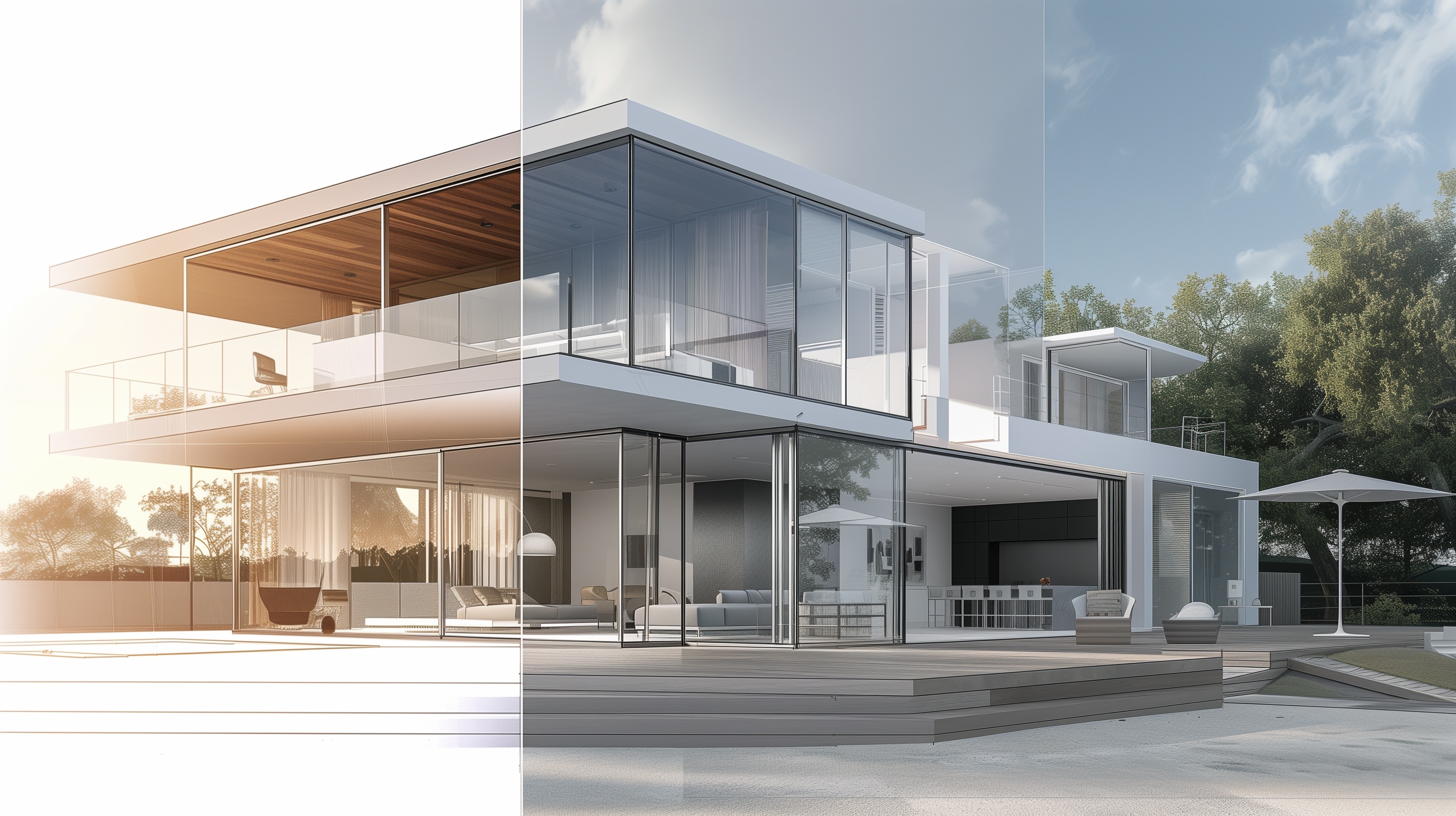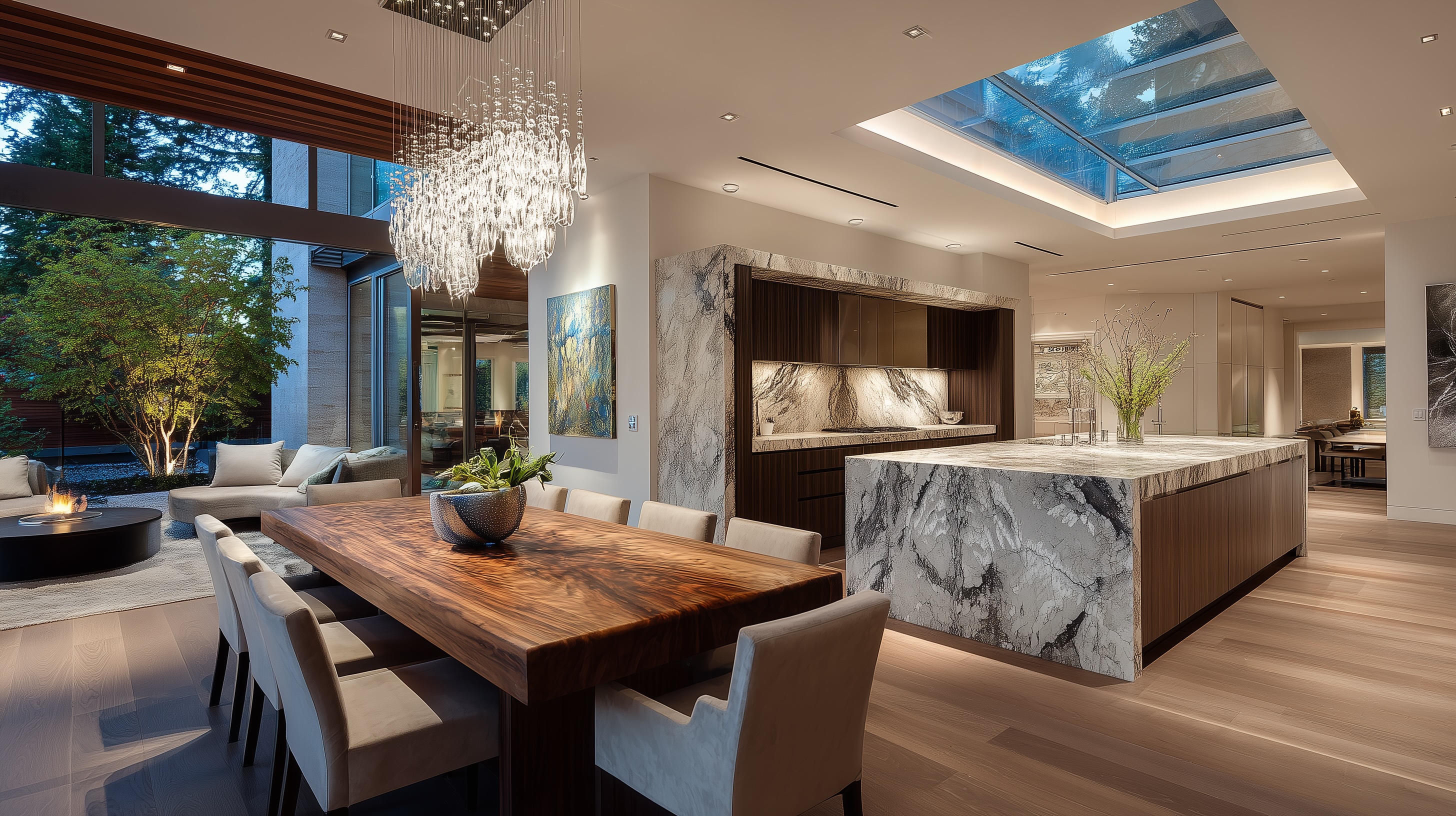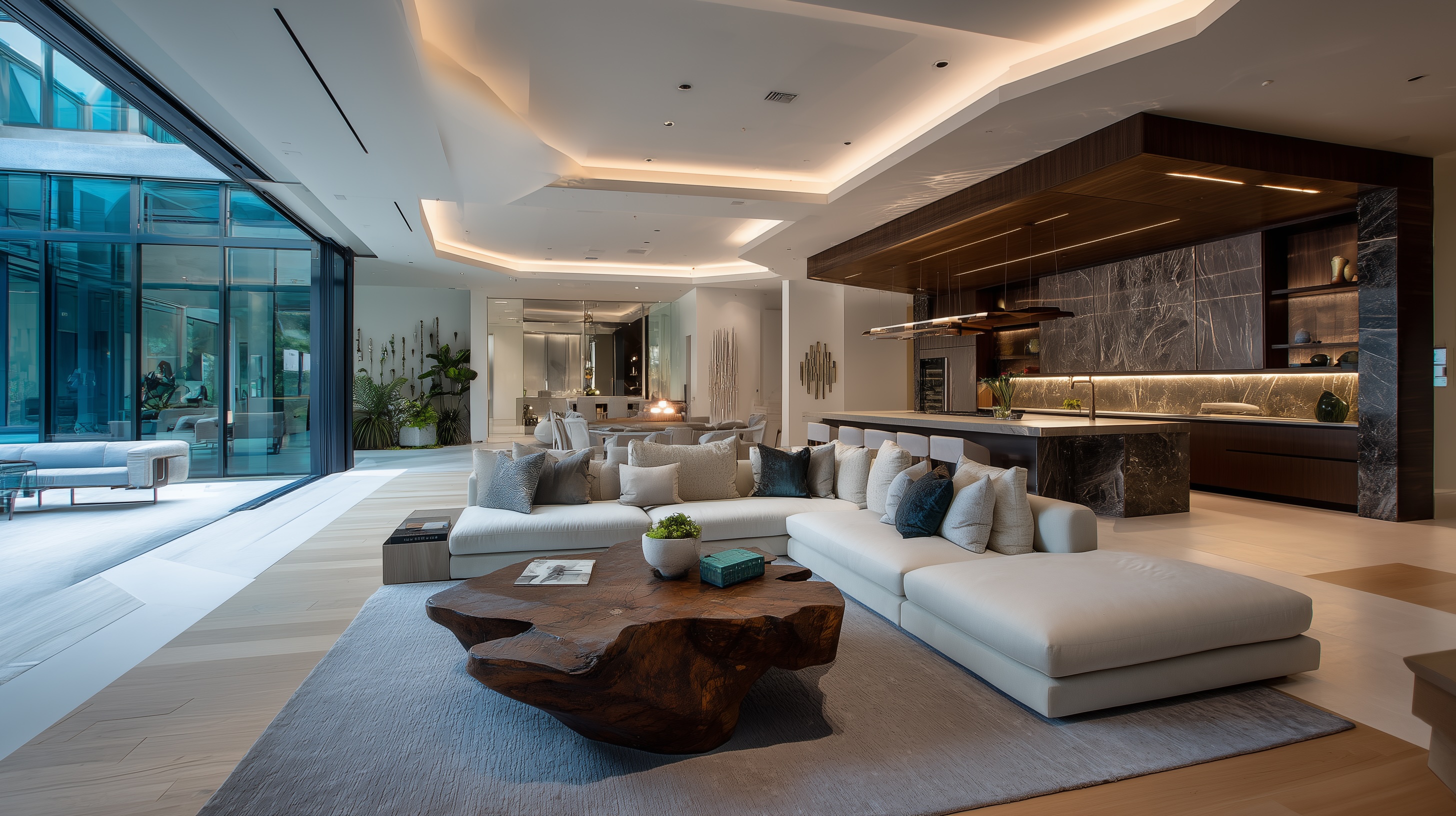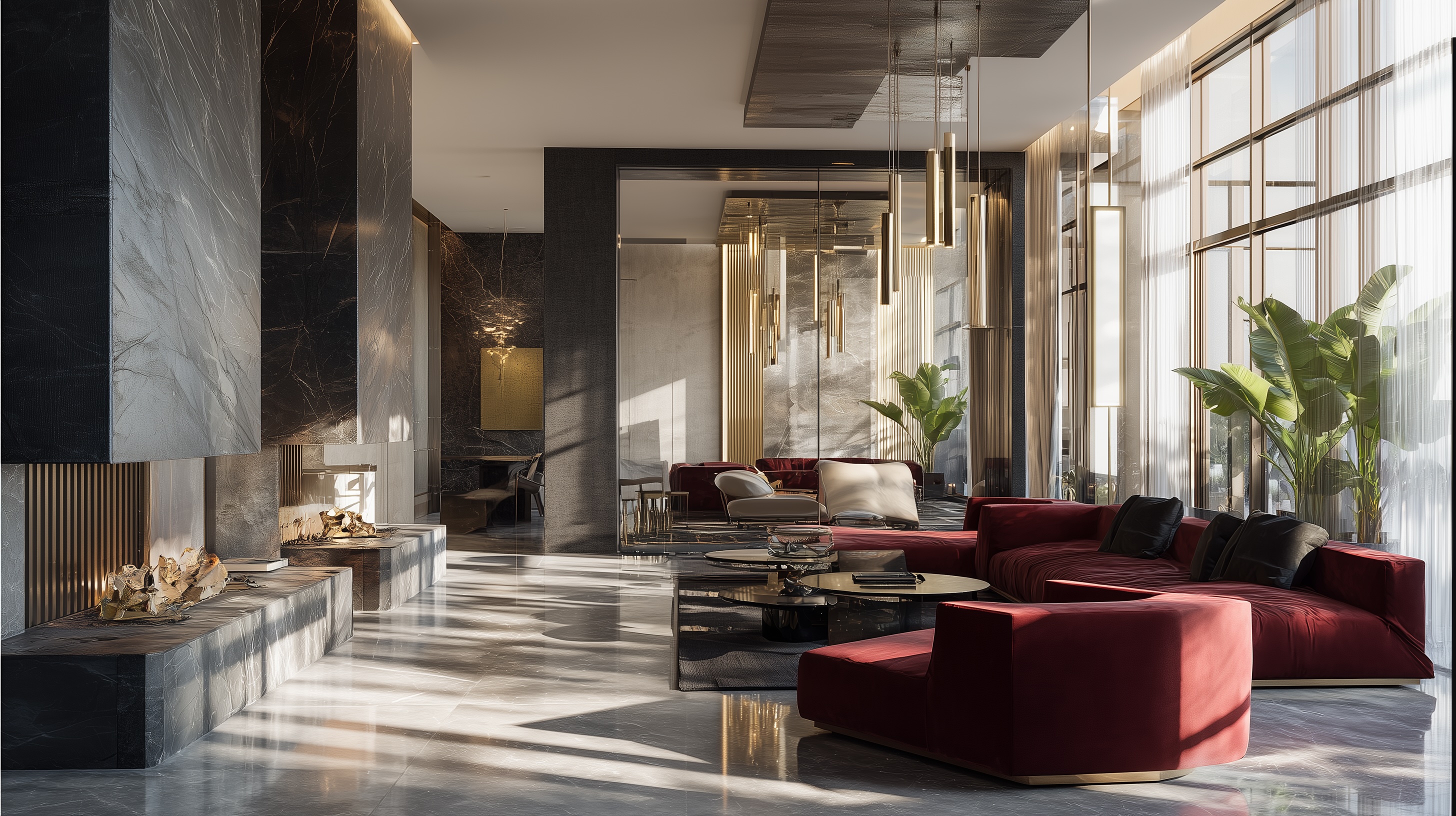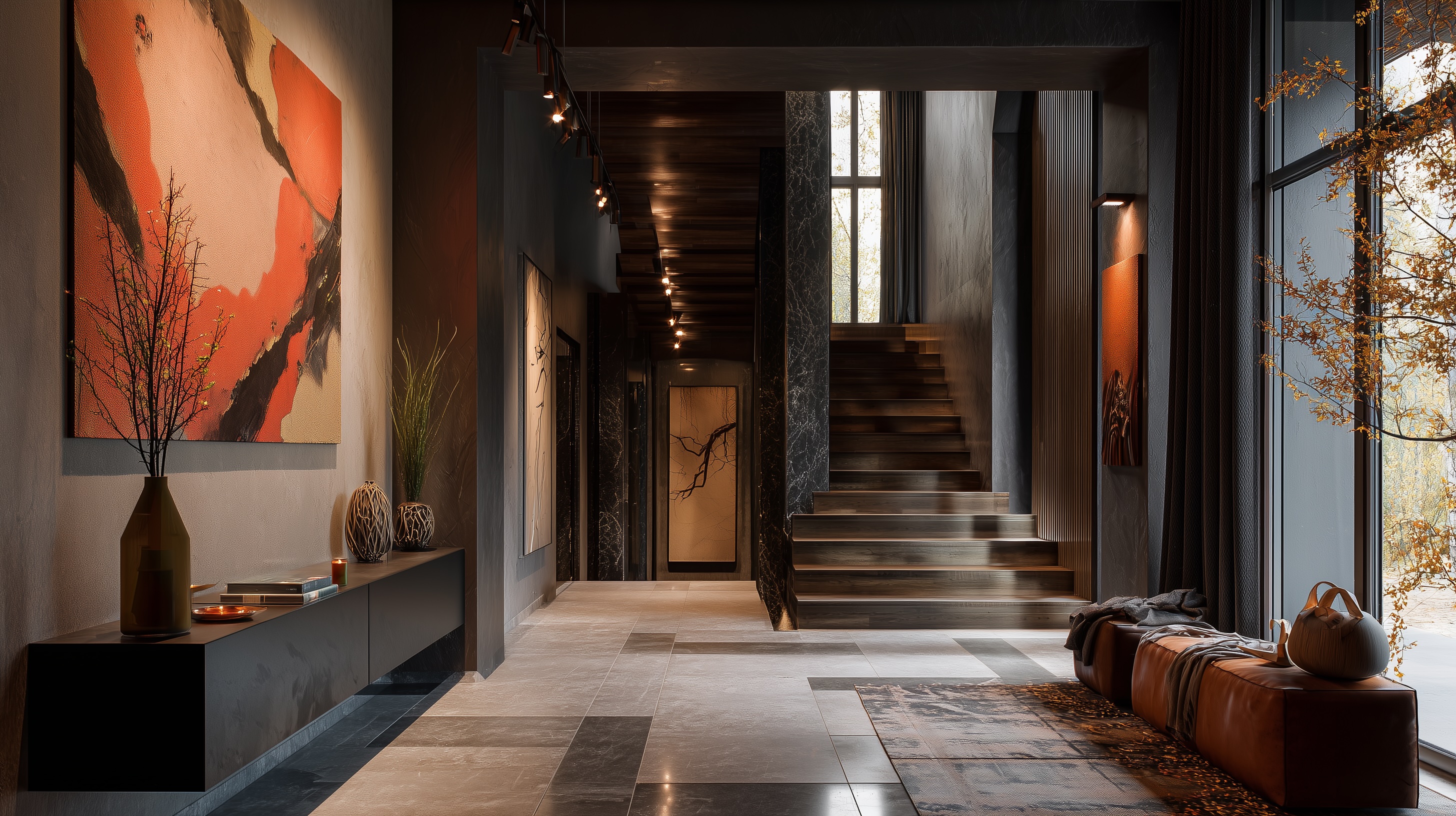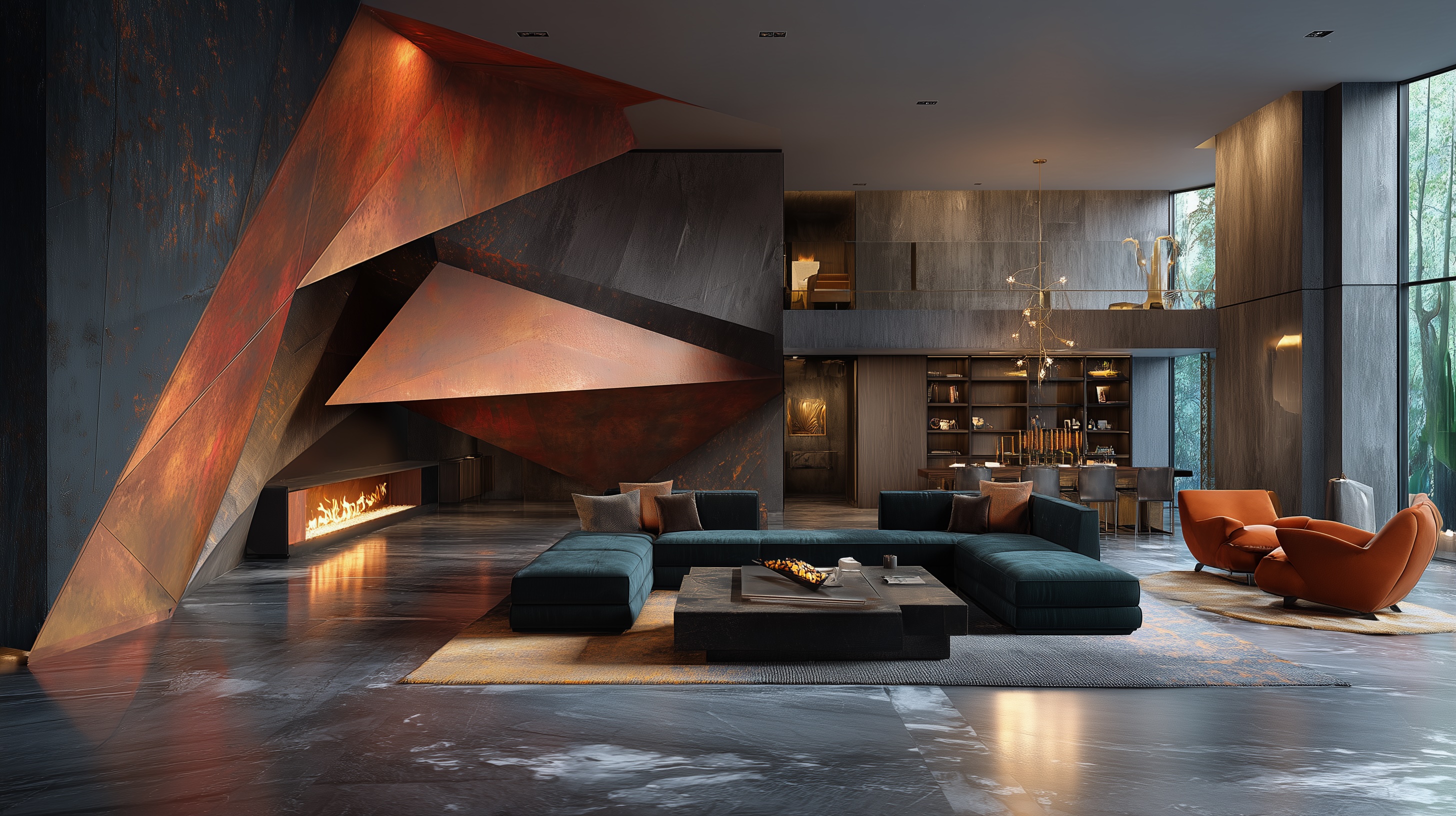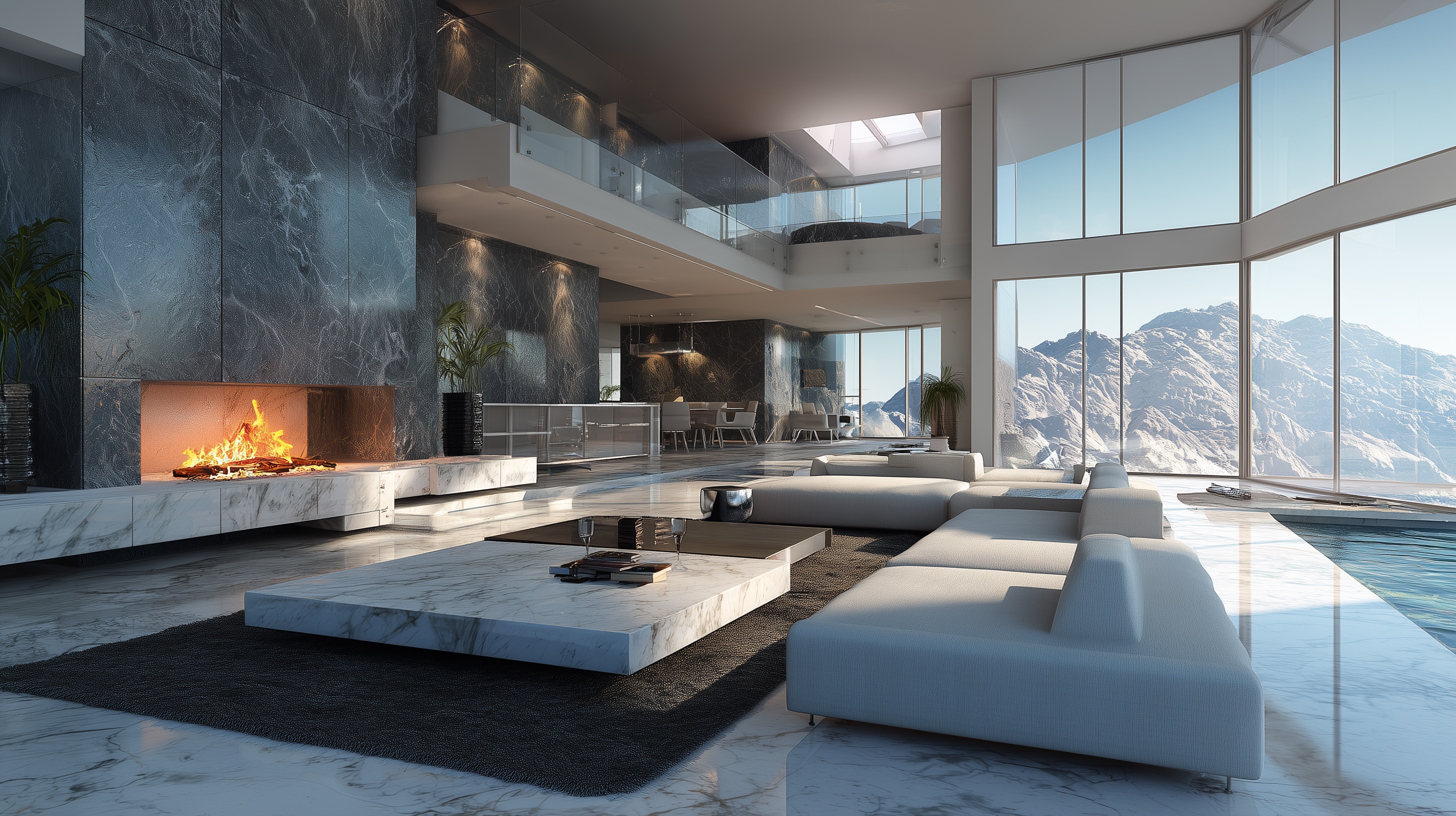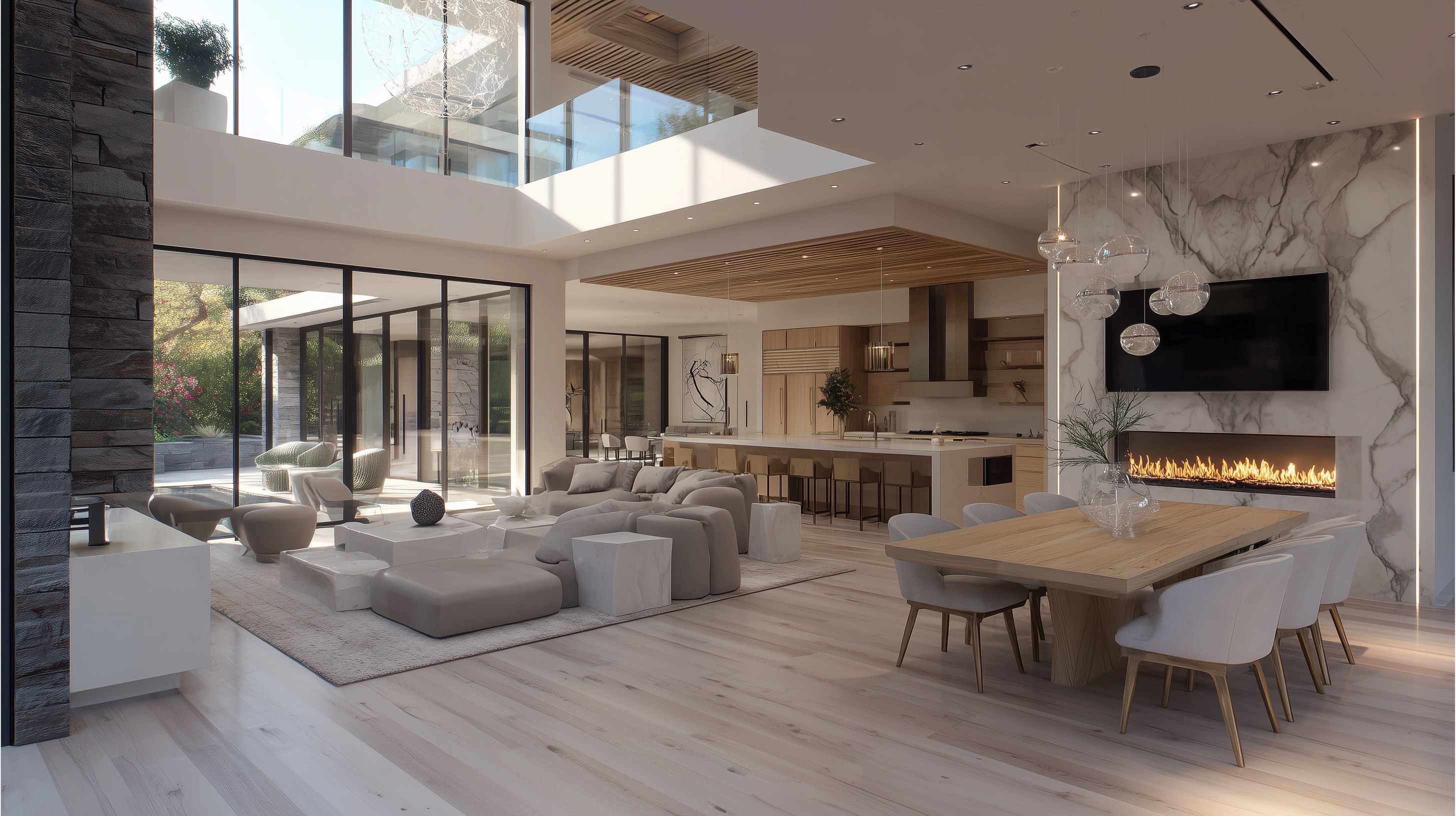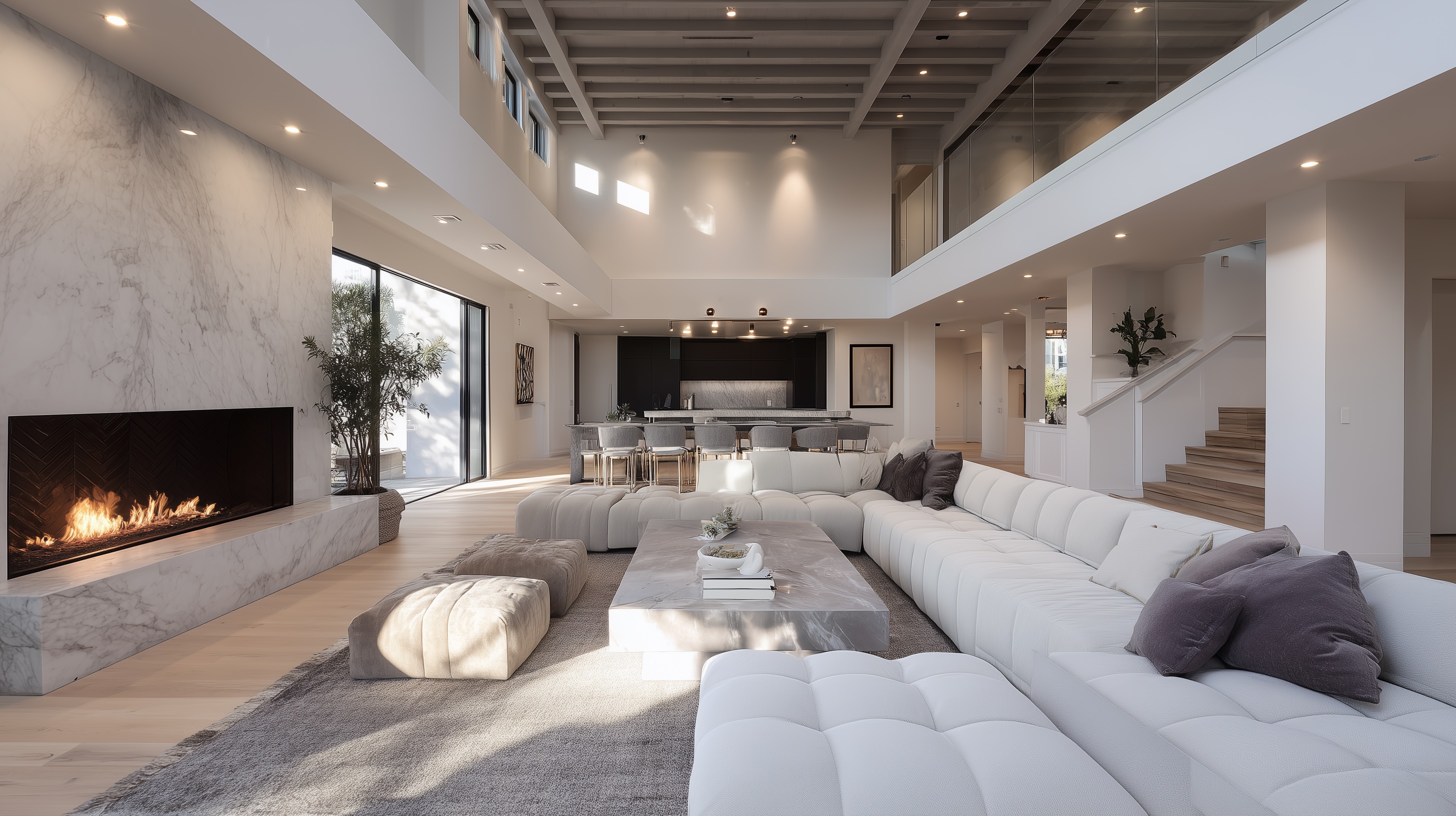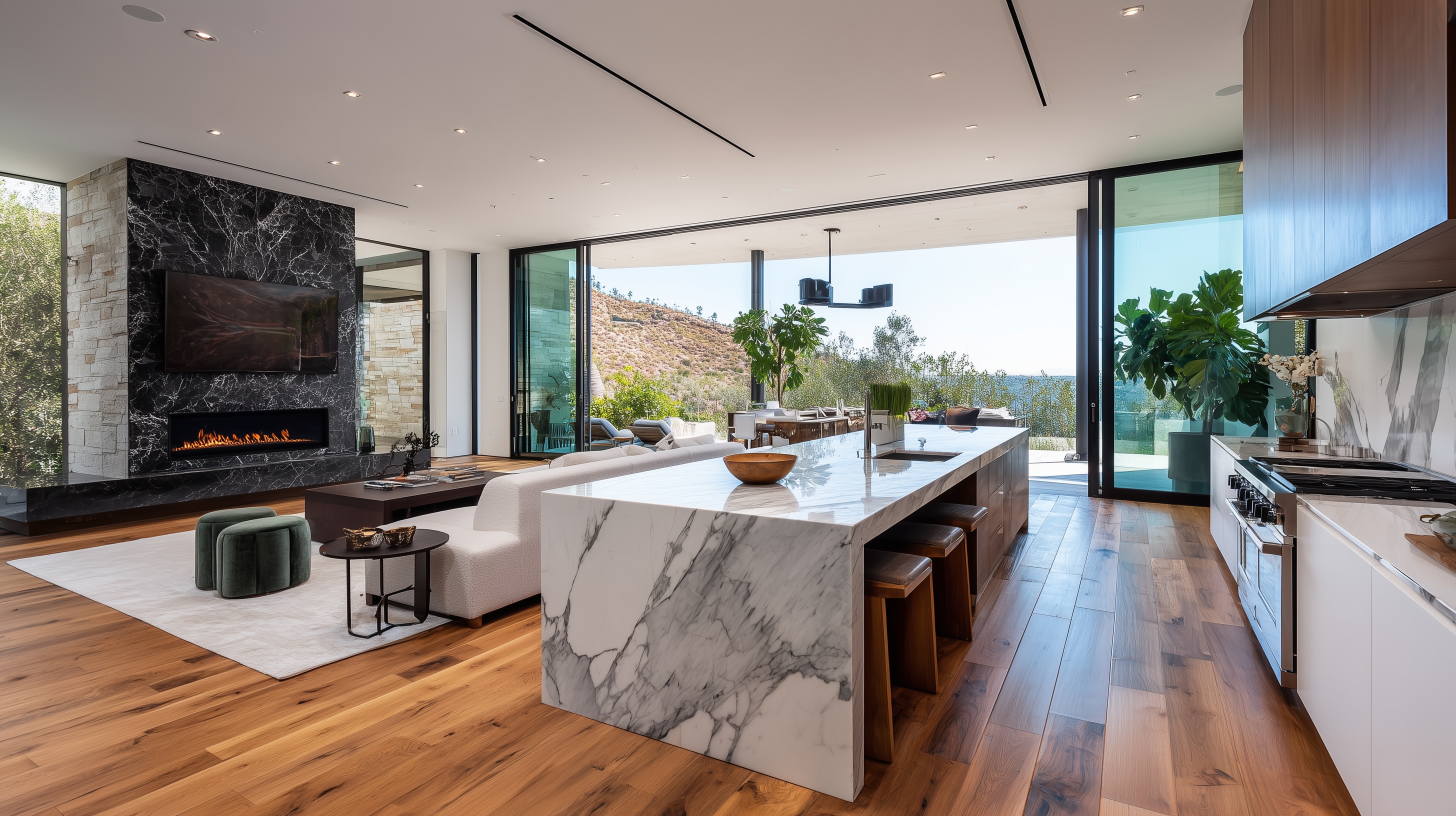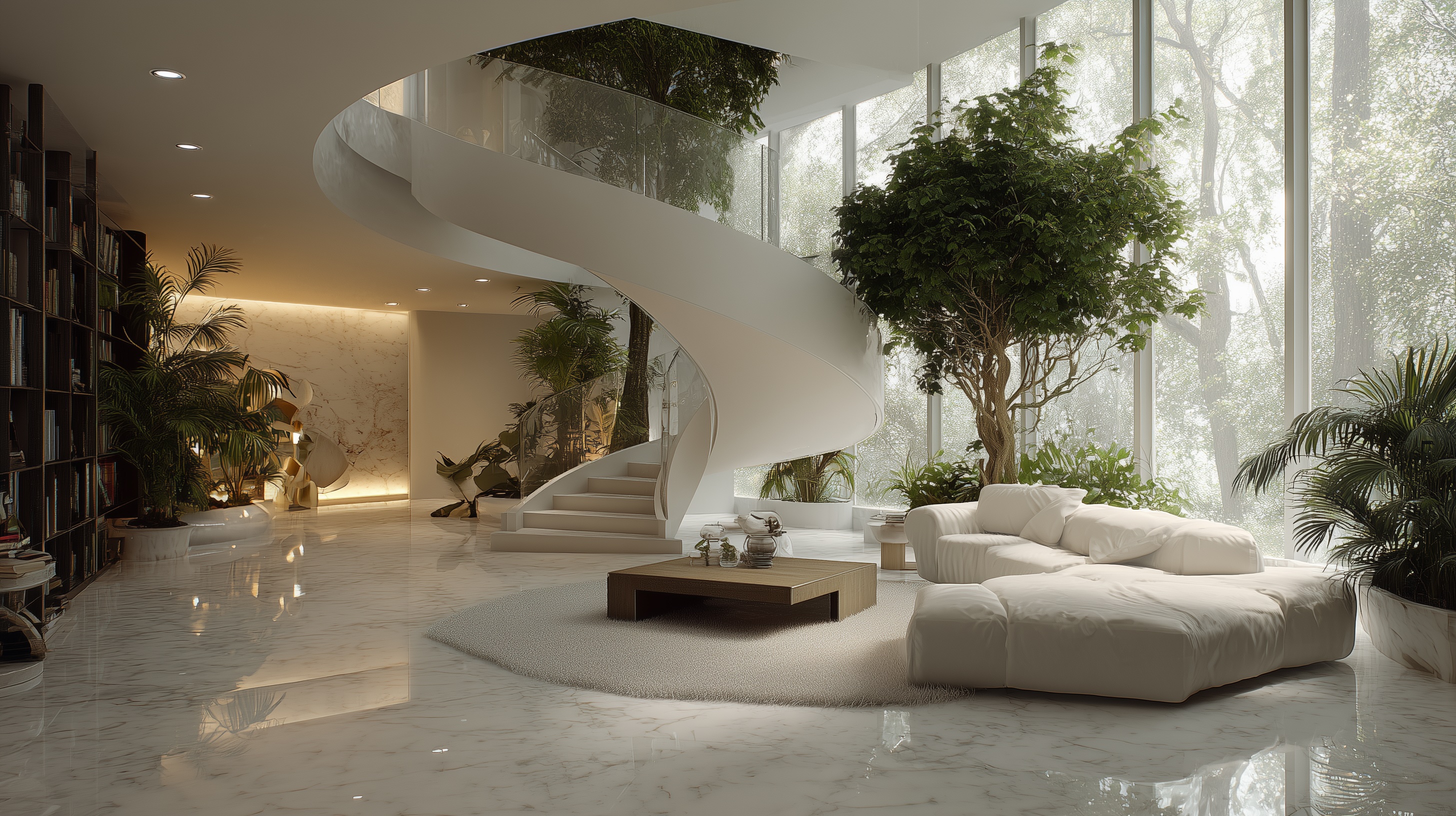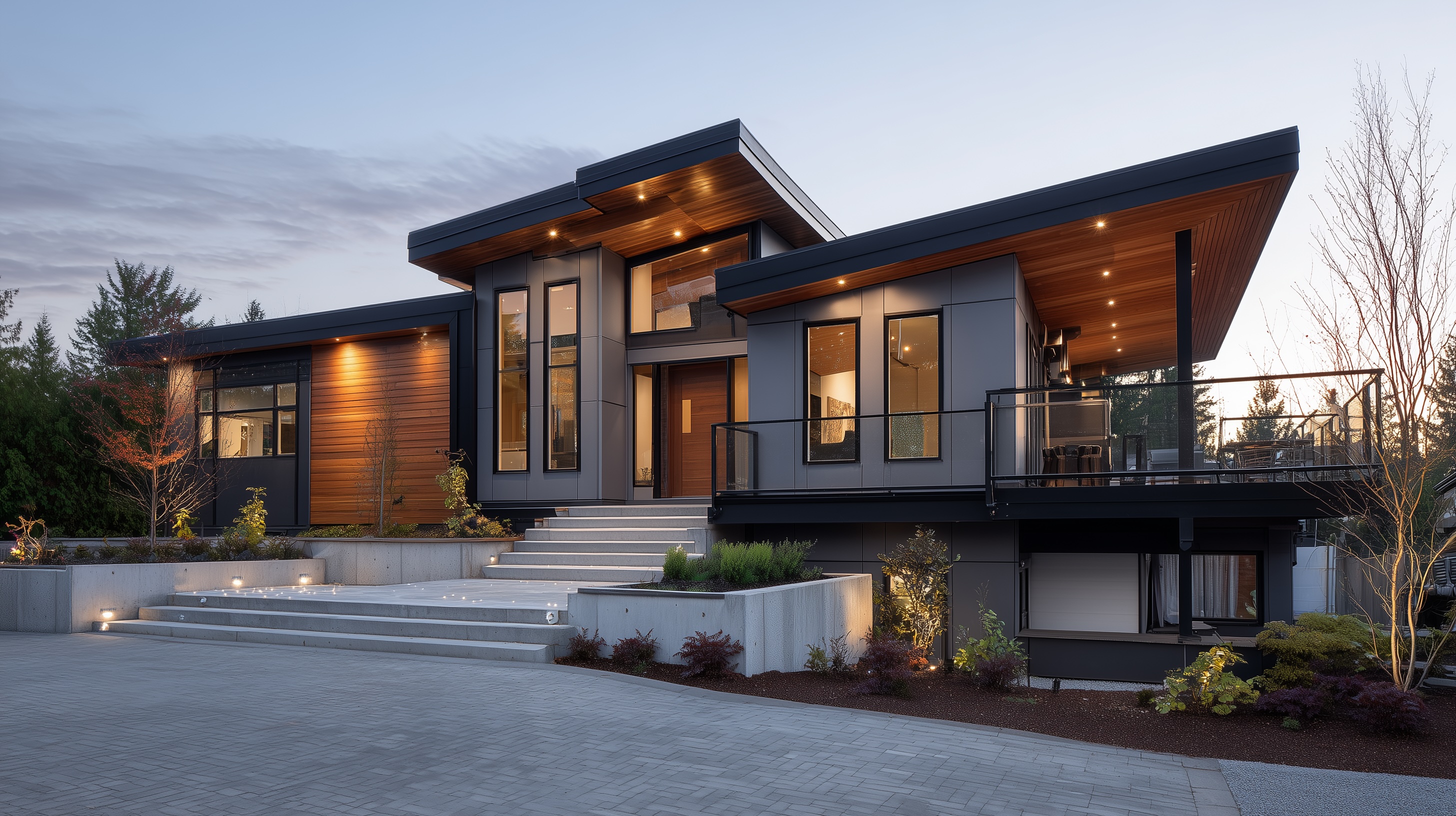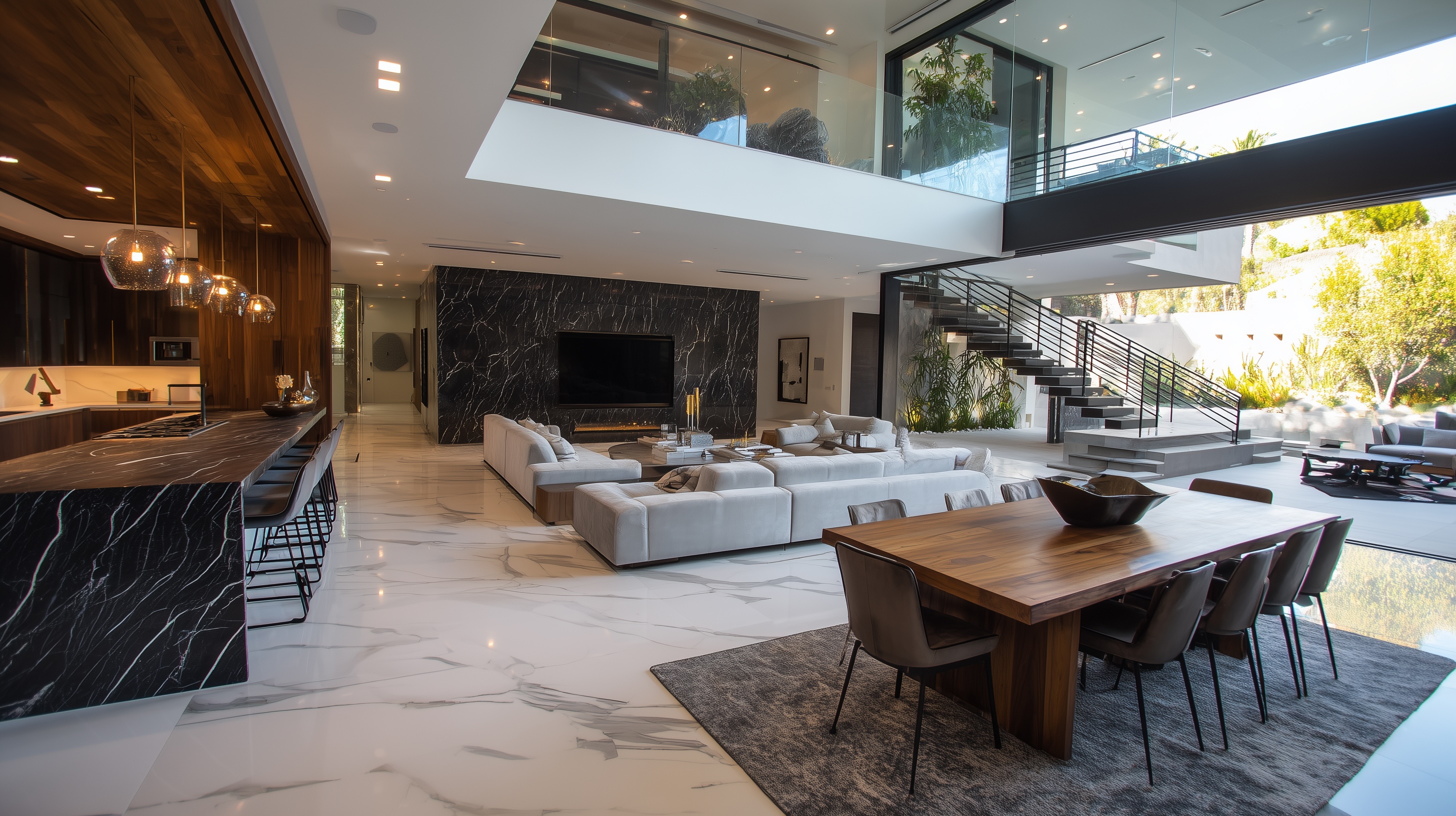How to Think Like an Architect (When You’re Not One)

How to Think Like an Architect (When You’re Not One)
By the Head Architect, Homes by Westgate
I’ll let you in on a quiet truth: the most rewarding custom homes I’ve ever worked on didn’t just come from great plans.
They came from great conversations—the kind where the client thinks like an architect.
No, not in the technical sense. You don’t need to calculate load paths or draft blueprints.
But the way architects see space—how we question, observe, and imagine—that’s something anyone building a custom home can learn to do.
And when you start thinking like an architect, everything changes.
1. Zoom Out Before You Zoom In
An architect never starts with “I want a 12-foot island.”
We start with questions like:
- How do you want to live?
- What do you want to feel when you walk in the door?
- Where does your day begin and end?
Design is not about features. It’s about flow, emotion, and function.
Before you zero in on materials or aesthetic details, take the wide view.
What season of life are you in? What values do you want your space to reflect?
That’s where design begins.
2. See the Space Between the Walls
When walking a home under construction, most people focus on the walls.
Architects focus on what happens between them.
A hallway isn’t just a passage. It’s a transition.
A ceiling isn’t just a height—it’s an invitation upward or a moment of intimacy.
Think in volumes, not just surfaces.
What do you see when you enter a room? Where does your eye rest? How does one space lead to the next?
These are the brushstrokes of architectural experience.
3. Design for Use, Not Just Looks
Homes are not showrooms. They’re lived-in, ever-changing, imperfect.
Architects design in verbs:
gather, cook, retreat, reconnect, recharge.
When you make decisions, ask:
Is this beautiful? Yes.
But also—is it livable? Does it serve your rhythm?
That’s the difference between decoration and design.
4. Learn to Love Constraints
Great design rarely starts with a blank canvas.
We work with real lots, real budgets, real conditions—and that’s where the creative magic happens.
A sloped lot? A tree that can’t be moved? Zoning quirks?
These are not roadblocks. They’re opportunities.
Thinking like an architect means embracing constraint as a tool for deeper clarity.
5. Edit Ruthlessly
Clarity is elegance.
Architects are always editing—paring down ideas to a few core ones that speak a shared language.
Your home should breathe. It should feel focused.
So when in doubt, ask:
Is this element telling the same story as the rest of the house?
If not, simplify.
Final Thought
You don’t need to be an architect to think like one.
When you do, your custom home becomes more than beautiful—it becomes intentional, intuitive, and unmistakably yours.
And that’s when design becomes legacy.


%201.png)

